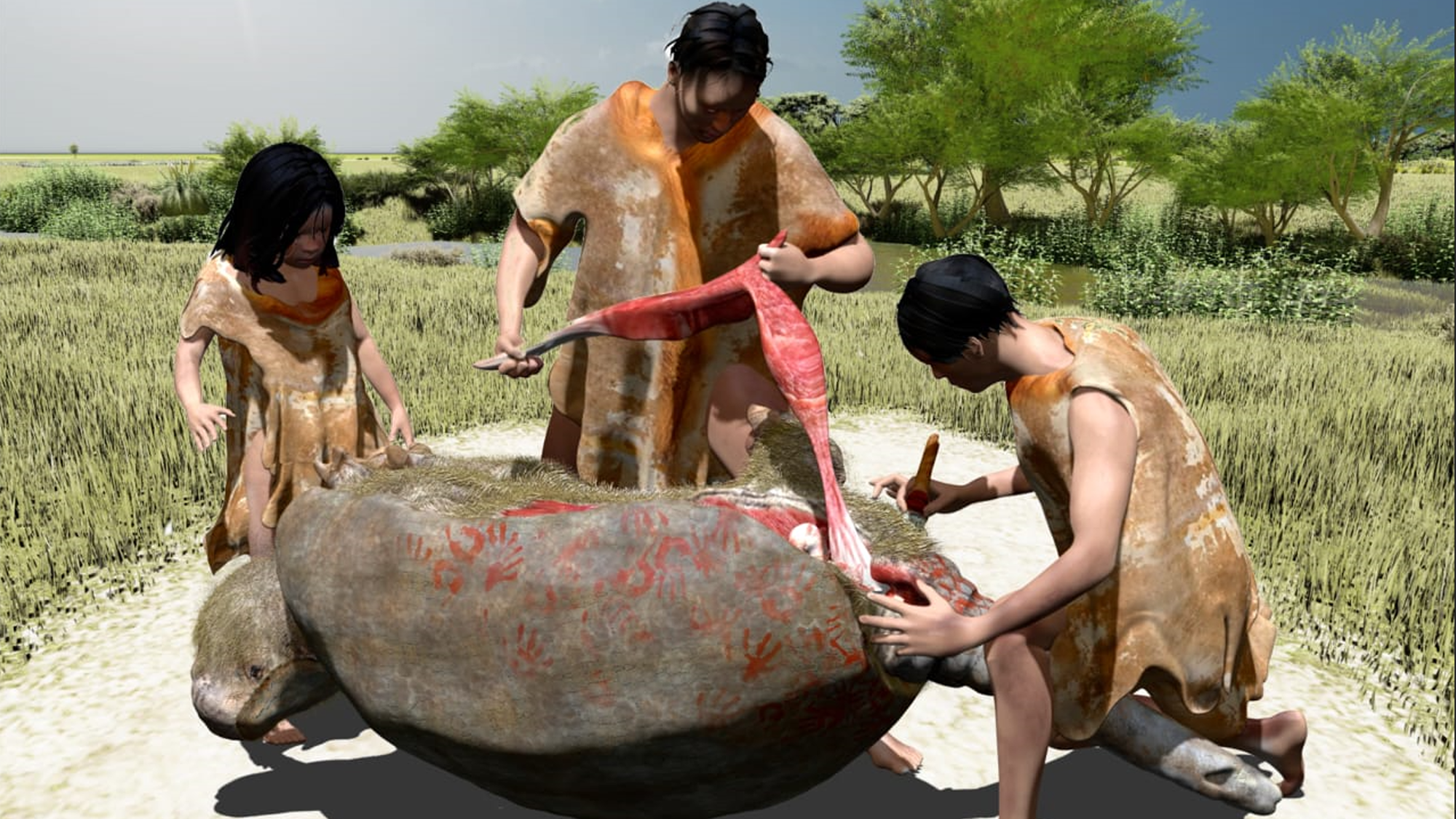Evidence of Early Human Butchery of Glyptodonts Found in Argentina

Analysis of Glyptodont Fossils
According to new research, early humans in Argentina were more adaptable than previously thought, as they relied on resources like giant armadillos. The evidence comes from the examination of fossilized remains dating back 21,000 years.
Significance of the Findings
- Cut marks indicate butchering techniques.
- Reveals dietary practices of early human populations.
- Highlights the hunting strategies of ancient cultures.
This analysis provides a fascinating glimpse into the survival tactics of our ancestors and their capacity to exploit available megafauna. In conclusion, the butchery of glyptodonts showcases the intricate relationship between humans and their environment during prehistoric times.
This article was prepared using information from open sources in accordance with the principles of Ethical Policy. The editorial team is not responsible for absolute accuracy, as it relies on data from the sources referenced.